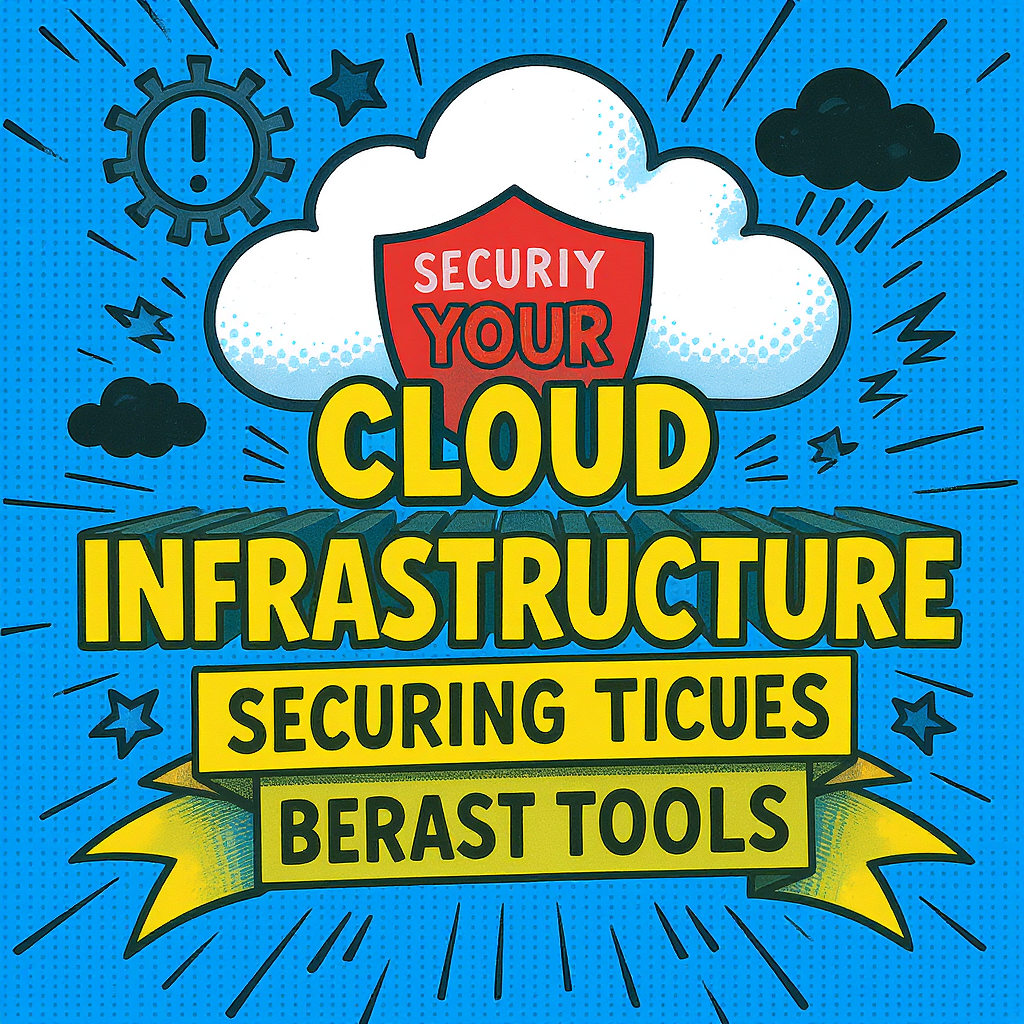In today’s digital landscape, businesses increasingly rely on cloud infrastructure for its scalability, flexibility, and cost-effectiveness. However, this reliance also exposes organizations to a wider range of security threats. Migrating to the cloud doesn’t inherently eliminate security risks; rather, it shifts the responsibility of securing systems and data. This article will delve into essential best practices and tools for securing your cloud infrastructure, covering crucial aspects such as access control, data encryption, vulnerability management, and incident response. We’ll explore practical strategies to mitigate common cloud security vulnerabilities and build a robust security posture. Understanding these practices is paramount to ensuring the confidentiality, integrity, and availability of your valuable data and applications within the cloud environment. We will examine both preventative measures and reactive strategies to safeguard your cloud investment and maintain business continuity.
Access Control and Identity Management
Implementing robust access control is the cornerstone of cloud security. This involves employing the principle of least privilege, granting users only the necessary permissions to perform their tasks. Leveraging tools like multi-factor authentication (MFA) adds an extra layer of security, significantly reducing the risk of unauthorized access. Cloud providers offer various identity and access management (IAM) services that allow granular control over user permissions and resource access. Regularly reviewing and auditing access permissions is crucial to identify and revoke outdated or unnecessary privileges. Consider using role-based access control (RBAC) to assign permissions based on job roles, simplifying management and improving security. Furthermore, integrating your IAM system with your on-premises directory services can streamline user management and enhance security consistency across your organization.
Data Encryption and Security
Data encryption is vital for protecting sensitive information both in transit and at rest. Encrypting data at rest ensures that even if a breach occurs, the data remains unreadable to unauthorized individuals. This can be achieved through encryption at the database level, file system level, or using dedicated encryption services offered by cloud providers. Encrypting data in transit protects data while it’s being transferred between systems. Using HTTPS for all web traffic and implementing VPNs for remote access are critical measures. Consider employing data loss prevention (DLP) tools to monitor and prevent sensitive data from leaving your cloud environment without proper authorization. Regularly backing up your data and testing your restoration processes are crucial for business continuity and disaster recovery.
Vulnerability Management and Patching
Regularly scanning your cloud infrastructure for vulnerabilities is essential to proactively address security weaknesses. Cloud providers typically offer security scanning tools, and third-party solutions can augment these capabilities. Prioritize patching known vulnerabilities promptly. Automate patching processes wherever possible to reduce the window of vulnerability. Employ configuration management tools to ensure consistent and secure configurations across your cloud environment. Regularly update your operating systems, applications, and security software to benefit from the latest security patches and improvements. Conduct penetration testing and vulnerability assessments to identify potential security flaws before malicious actors can exploit them. This proactive approach can significantly minimize the risk of successful attacks.
Security Monitoring and Incident Response
Continuous monitoring of your cloud environment is critical for early detection of security threats. Implement comprehensive logging and alerting mechanisms to receive immediate notifications of suspicious activities. Utilize Security Information and Event Management (SIEM) systems to aggregate and analyze security logs from various sources, enabling faster identification of security incidents. Develop and regularly test an incident response plan to effectively handle security breaches. This plan should clearly define roles, responsibilities, and procedures for containing, eradicating, and recovering from incidents. Collaborate with your cloud provider’s security team to leverage their expertise and resources in the event of a security incident.
Cloud Security Tools
A range of tools can greatly enhance your cloud security posture. These tools can automate many security tasks, providing continuous monitoring, vulnerability assessments, and incident response capabilities. Some popular examples include:
| Tool Category | Example Tools |
|---|---|
| Cloud Security Posture Management (CSPM) | AWS Security Hub, Azure Security Center, Google Cloud Security Command Center |
| Vulnerability Scanners | QualysGuard, Nessus, OpenVAS |
| SIEM | Splunk, QRadar, LogRhythm |
| Intrusion Detection/Prevention Systems (IDS/IPS) | Snort, Suricata, AWS WAF |
In conclusion, securing your cloud infrastructure requires a multi-faceted approach that encompasses robust access control, comprehensive data encryption, proactive vulnerability management, and a well-defined incident response plan. The principle of least privilege, multi-factor authentication, and regular security audits are paramount. Leveraging cloud-native security services alongside third-party security tools can significantly bolster your defenses. Remember that cloud security is an ongoing process, requiring continuous monitoring, adaptation to evolving threats, and a commitment to best practices. Proactive measures are far more cost-effective than reactive responses to security incidents. By integrating these practices and tools into your cloud operations, you can significantly reduce your risk exposure and protect your valuable assets.
References
Image By: Black Forest Labs






